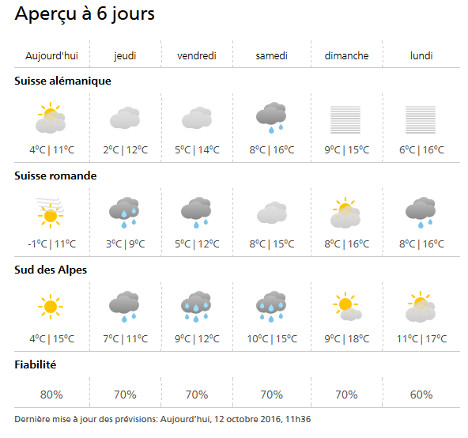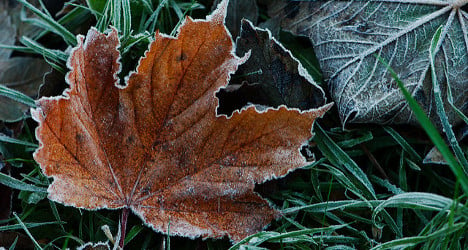The mercury fell as low as -7 in Viege in the Valais on the night of Tuesday to Wednesday, a Meteo Suisse spokesman told news agencies. The cities of Payerne, Bern, Lucerne and Aigle all felt a below-zero chill.
The autumnal feel is somewhat overdue, following a September that was the third hottest since records began, with rainfall far below the normal range.
This week’s brush with the cold is unlikely to last, however.
The warm foehn wind is set to warm things up in the coming days, however, with some valleys experiencing temperatures up to 20 degrees, said Meteo Suisse.





 Please whitelist us to continue reading.
Please whitelist us to continue reading.
Member comments